Every year, the European Commission brings together national EU authorities to work together on product safety testing through an initiative called the Coordinated Product Safety Actions (CASP). The tests are then carried out under strict conditions in accredited EU laboratories on a wide range of products, which are selected annually by the participating market surveillance authorities from the 27 EU member states, as well as Norway, Iceland and Liechtenstein.
In 2020, CASP tested 686 samples from seven different categories. These included children's toys, domestic outdoor play equipment, children's nests and sleepers, cables, small kitchen appliances, jewelry and the presence of dangerous metals and child car seats. As many samples did not meet the requirements, various recommendations and risk notifications were also issued in each category, which we will get to later.
In the gallery next to this paragraph, you can see the first part of the testing, when the safety of 507 samples in 6 categories was verified. Nitrosamines are most prevalent in toys, followed by small kitchen appliances, electrical cables, outdoor play equipment intended for home use, baby nests, baby cribs and baby sleeping bags, and baby car seats. At this stage, only 30% of the samples met the requirements. But this does not necessarily mean that 70% of the products posed a serious risk. Specifically, 34 samples represent no risk, 148 low risk, 26 medium risk, 47 high risk, 30 severe risk and 70 samples have not yet been detected. Electrical cables appeared to be the safest, with 77% of samples meeting the requirements. Conversely, an incredible 97% of samples for children's nests, children's cribs and children's sleeping bags did not meet the requirements.
The study subsequently warns that people should be aware of possible risks. Therefore, you should definitely not leave plastic packaging within the reach of children, be careful of small parts of products, be careful of defective appliances, check whether the toys are appropriate for the child's age group, be careful of overheating of electrical appliances and be careful of defective installation of car seats . For this reason, to reduce risks, it is recommended to always carefully check the markings and follow the instructions, buy only from specialized stores (if possible), supervise children at all times, buy only products with the CE mark, always report a safety problem to the seller or manufacturer , do not entrust children with products that are not intended for them and always use them only for the purpose for which they are intended.
As there is also an increasing interest in online shopping, as part of the CASP Online 2020 testing, jewelery was also tested for the presence of dangerous metals. These are mainly items that can be ordered online. In this case, the experts looked at 179 samples, with 71% of them intended for adults, while the remaining 29% are directly for children. Of this amount, 63% of the samples met the requirements and 37% did not. CASP warns of the risk of allergic reactions and the possibility of ingesting dangerous metals for these pieces of jewelry. For this reason, he recommends not wearing jewelry while sleeping and always keep an eye on children. In addition, it is important to check that they do not put jewelry in their mouths.
Recommendation
For each of these product categories, a set of recommendations was derived from the conducted test. So what to look out for and what can you do to reduce the risks?
Children's toys
What to watch out for?
- Always read labels and warnings. Guidance is often provided as to what age children can safely play with the toy.
- Natural rubber can cause severe allergic reactions, so be aware of latex warnings.
- When buying online, make sure you have all the right ones available informace, so you can check them before you buy.
What can you do to reduce the risks?
- Supervise children at all times! An adult should be present whenever children are playing.
- Use air pumps to inflate the balloons. Don't set a bad example by putting balloons in your mouth.
- Dispose of the packaging carefully. Do not leave pieces of plastic lying around.
- Read warnings before giving children access to toys and keep all labels for reference.
Home outdoor play equipment
What to watch out for?
- Always read labels and warnings. Guidance is often provided as to what age children can safely play with the toy.
- Natural rubber can cause severe allergic reactions, so be aware of latex warnings.
- When buying online, make sure you have all the right ones available informace, so you can check them before you buy.
What can you do to reduce the risks?
- Supervise children at all times! An adult should be present whenever children are playing.
- Use air pumps to inflate the balloons. Don't set a bad example by putting balloons in your mouth.
- Dispose of the packaging carefully. Do not leave pieces of plastic lying around.
- Read warnings before giving children access to toys and keep all labels for reference.
Children's nests, sleepers, sleeping bags
What to watch out for when buying and using children's nests, sleepers and sleeping bags?
- Pay special attention to warnings, signs and instructions.
- Check the standards applicable to these products and perform your own safety checks. For example, drawstrings should not be longer than 220 mm. Put your tape measure to good use!
- Try to shop in specialized stores if possible, their employees will be better prepared to help you.
What can you do to reduce the risks?
- Keep a close eye on recall campaigns. If you own a recalled product, stop using it immediately and follow the recall instructions.
- Be careful with plastic packaging and keep it out of the reach of children.
- Carefully read and follow the assembly instructions next to the sleepers to ensure they are properly attached to the bed. If the child is left unattended, check that the folding side is up and that the wheels are locked.
- Always supervise children when they are in the nest and avoid placing nests in the bed.
Cables
What to look out for when buying cables?
- Ensure that the safety data is attached to the product, it should always be clearly displayed.
- Always check the packaging and labeling on the cable product to make sure it is designed for what you intend to use it for. Will you be using it outdoors or indoors? Make sure you buy the right type.
- Carefully check the product itself. Only buy it if it appears to be well made. If the outside looks like it's in good working order, chances are the interior is.
- A detailed description is attached to the product informace about the manufacturer? Details about the origin of the product are always reassuring.
- Try to shop in specialized stores if possible, their employees will be better prepared to help you.
What can you do to reduce the risks?
- Make sure the product is capable of handling the power of the electrical current you are supplying it with. Overheating can cause surrounding plastics to melt and potentially expose live parts.
- These products are not toys, please keep children away from them.
- Always follow the instructions. Correct use of these products is essential.
Small kitchen heaters
What to look out for when buying and using small kitchen appliances:
- Check the packaging for any safety markings and warning signs and pay close attention to them. Safety precautions should be clearly marked on the product informace.
- If the product looks damaged on the outside, it will probably be the same on the inside. And what you can't see, you can't defend yourself against.
- Check if the product contains informace about the manufacturer, it's important to have their details if you run into a problem.
- Try to shop in specialized stores if possible, their employees will be better prepared to help you.
What can you do to prevent an accident due to a non-compliant product?
- Follow the instructions! Always make sure you understand them, follow them properly and use appliances only for their intended purpose.
- Place the appliance out of the reach of small children and away from flammable materials such as curtains.
- Be aware of the risks even for older children – they love helping out in the kitchen, but these appliances can get hot!
Hazardous metals in jewelry
What to look out for when buying jewelry?
- One of the three products tested during this activity contained or released excessive amounts of hazardous metals, so be especially careful when purchasing jewelry.
- According to Article 33 of the REACH Regulation ((EC) 1907/2006), consumer inquiries regarding the presence of a substance of very high concern in jewelery must be answered within 45 days. Exercise your right to know and double check what you are buying.
What can you do to reduce the risks?
- Watch the kids. Lead has a sweet taste, which may encourage them to put jewelry in their mouths. If a child swallows jewelry, seek medical attention immediately.
- Stop wearing jewelry if it causes an allergic reaction. If you experience allergic symptoms, stop wearing the jewelry immediately and seek medical attention.
- Do not wear jewelry while sleeping. Jewelry that releases excessive amounts of nickel and comes into prolonged contact with the skin can increase health risks for consumers. You can accidentally swallow smaller pieces of jewelry while you sleep.
Car seats
What to look out for when buying a child car seat?
- Always check the packaging and labeling. Make sure you understand the instructions and labeling of the products and that they are safe informace clearly displayed.
- Familiarize yourself with the relevant safety regulations. R129 type seats must meet stricter requirements than R44 type seats. This may be important to consider when purchasing.
- Try to shop in specialized stores if possible, their employees will be better prepared to help you.
What can you do to reduce the risks?
- Always follow the instructions, it is especially important that parents or carers pay attention to the assembly instructions and follow them carefully. If the instructions are not clear, it is best to return to the manufacturer, importer or specialist store where the product was purchased to ensure that the seat is correctly fitted and the children are properly retrained.
- Make sure the seat is the right size for the child and the vehicle in which the seat will be installed.
- Transport your children in a rear-facing position for as long as possible until they reach the maximum weight or height allowed in the instructions. Traveling in this position can be safer for smaller children as the seat absorbs more impact energy and protects the head, neck and spine.
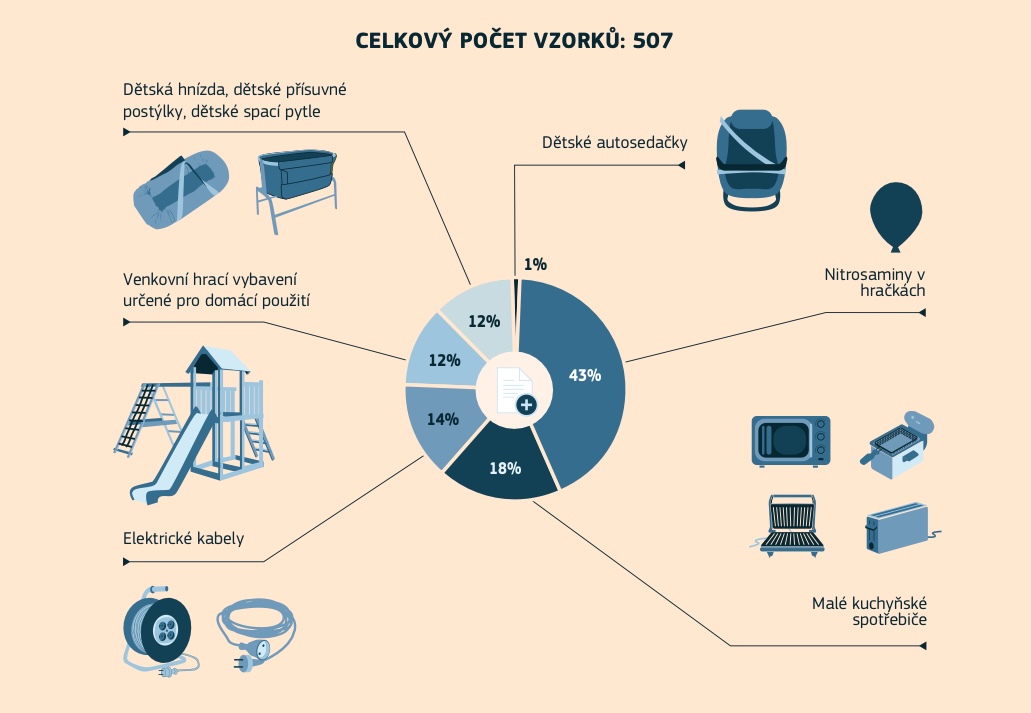

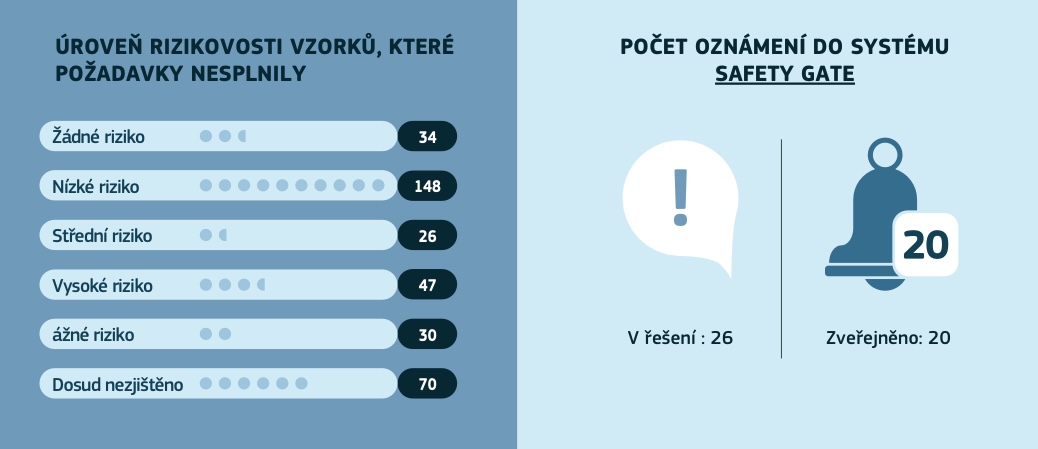

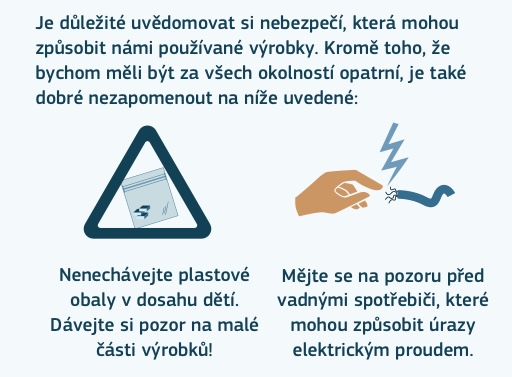
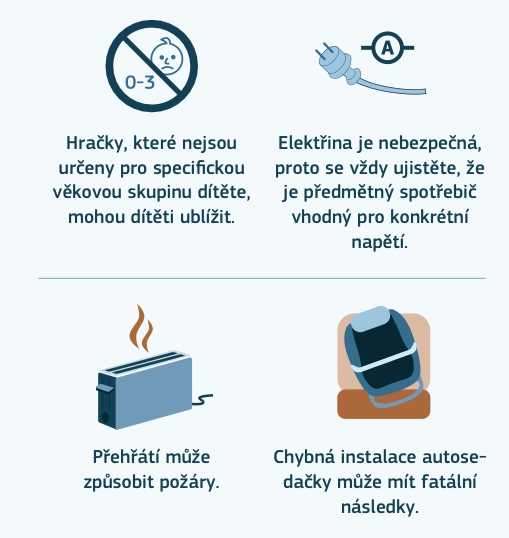
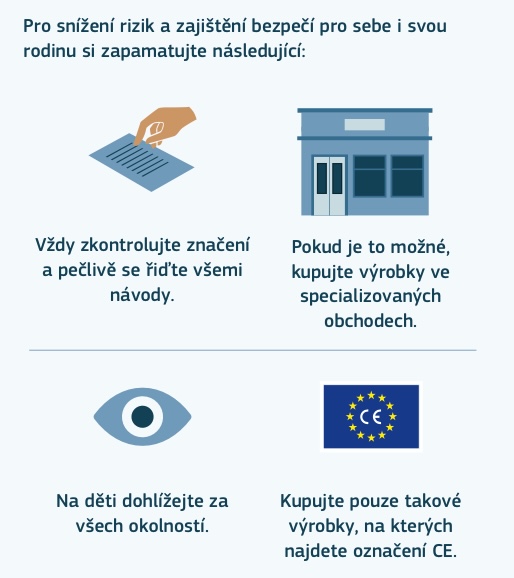
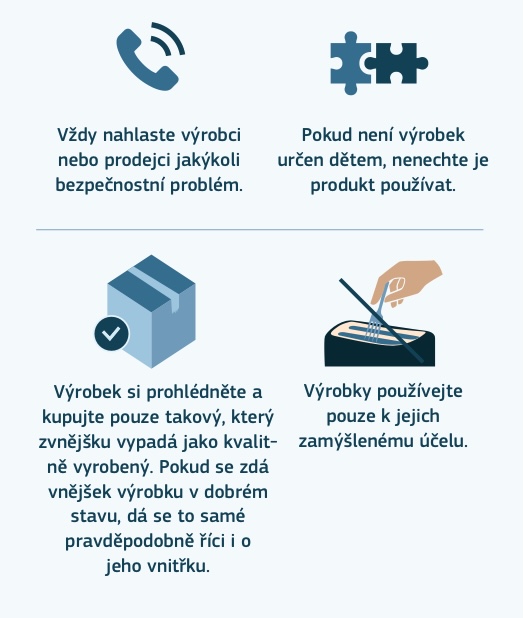
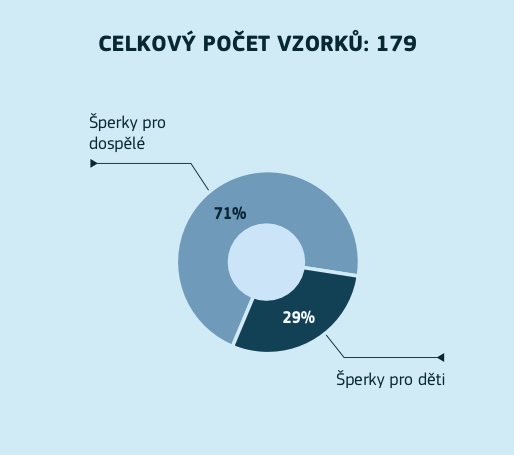
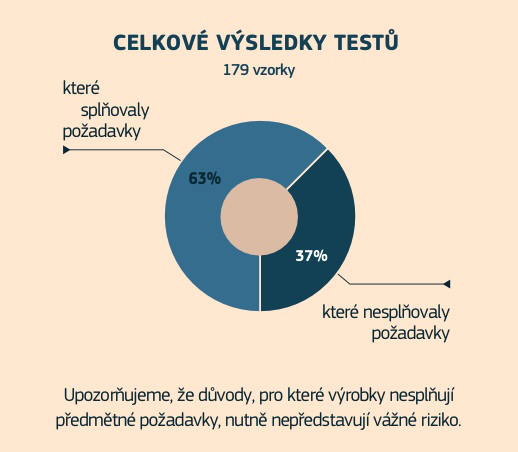
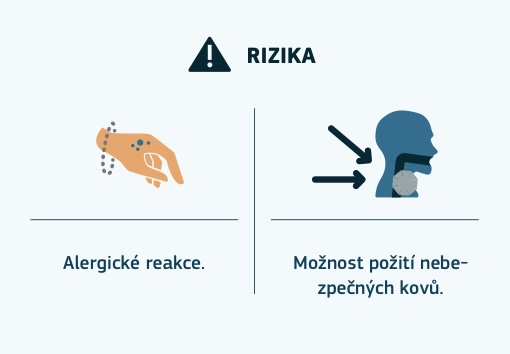
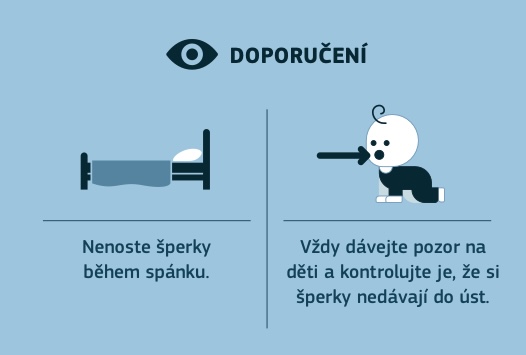


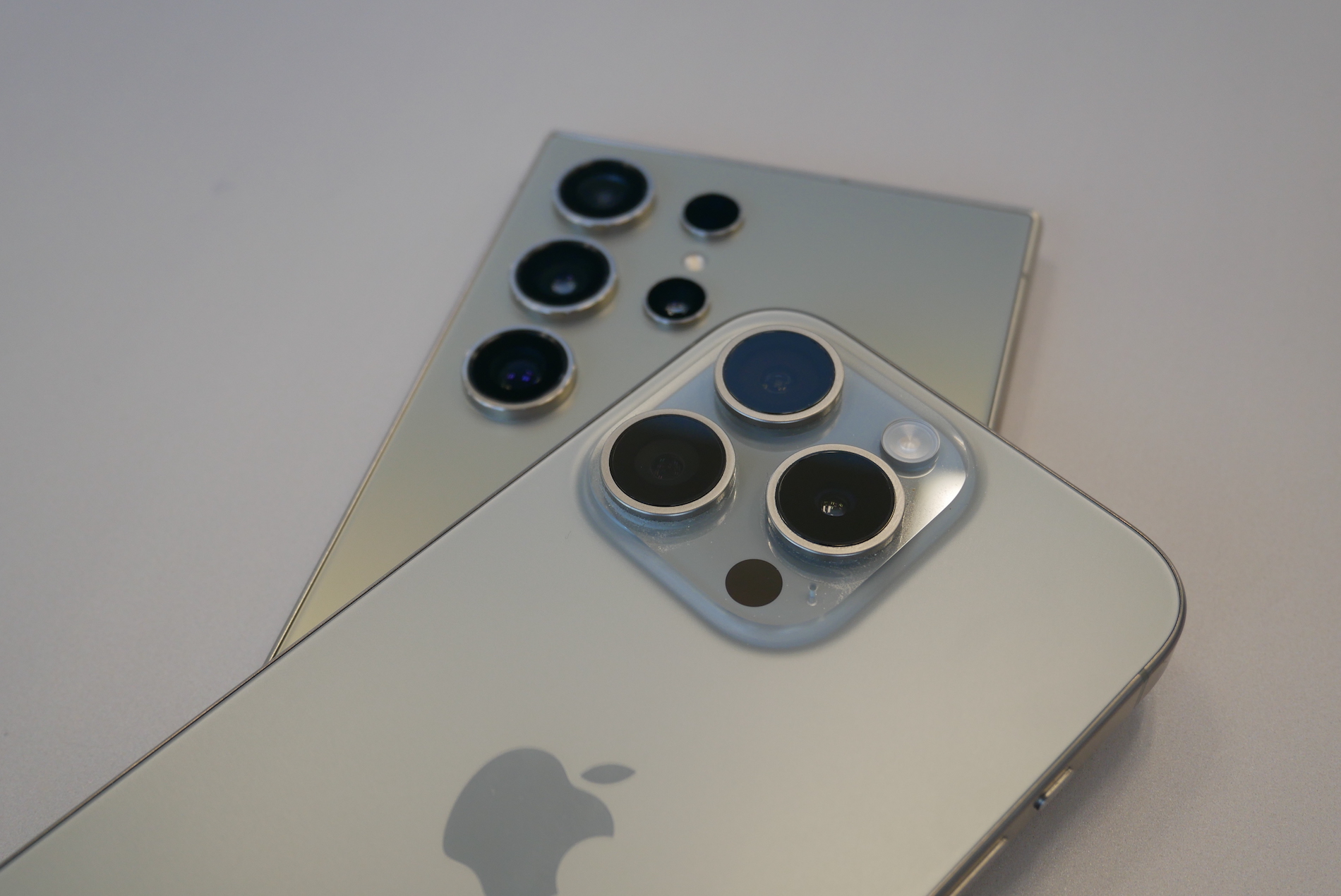

Discussion of the article
Discussion is not open for this article.